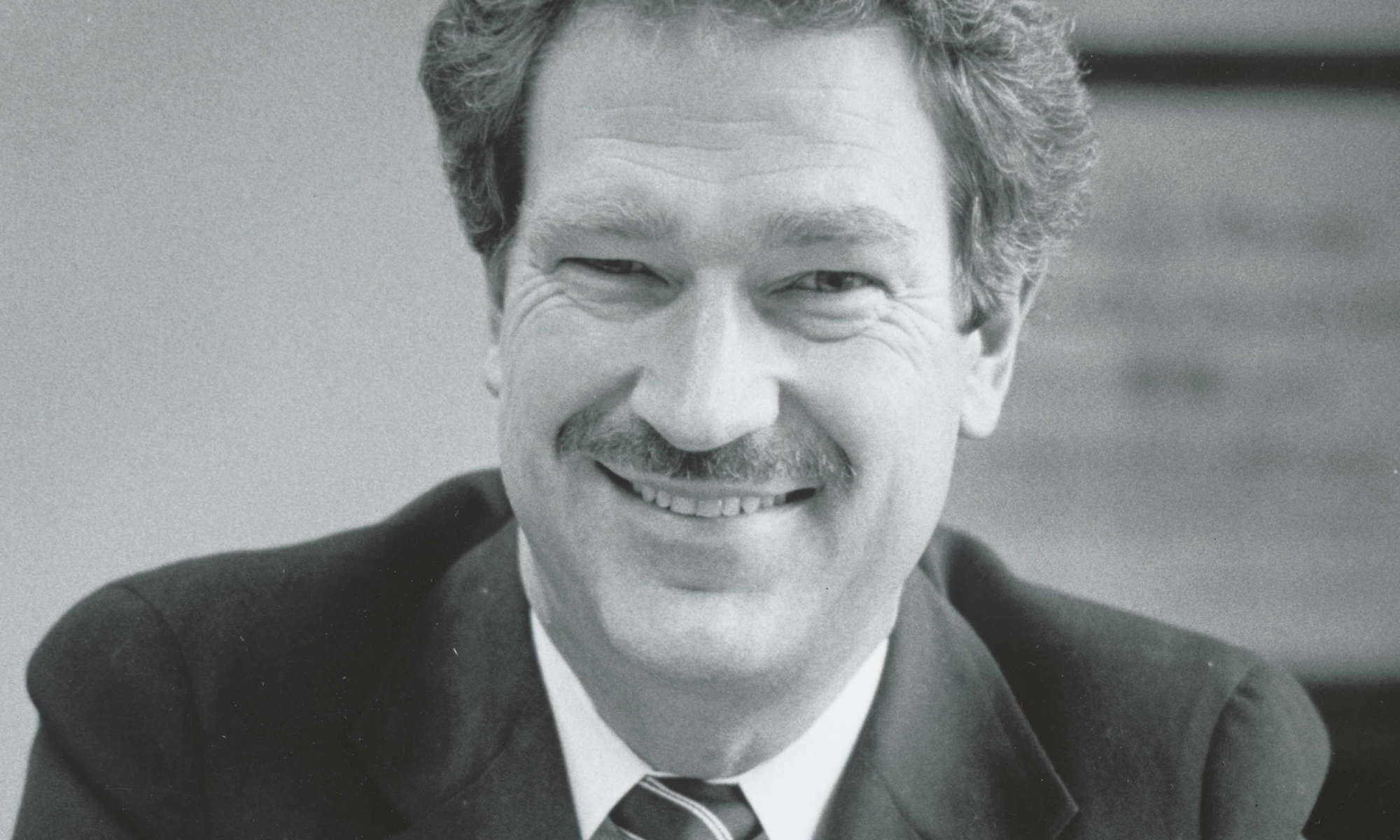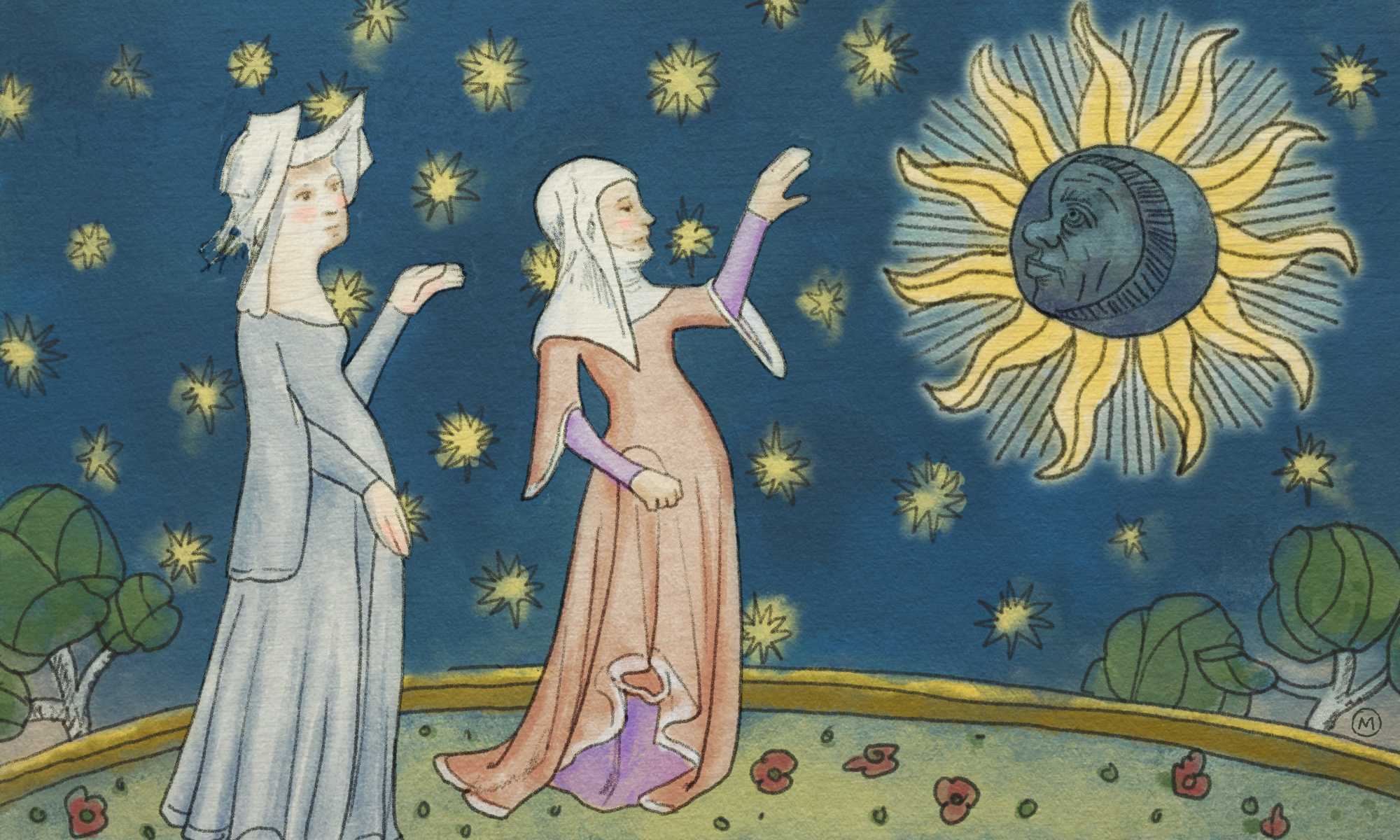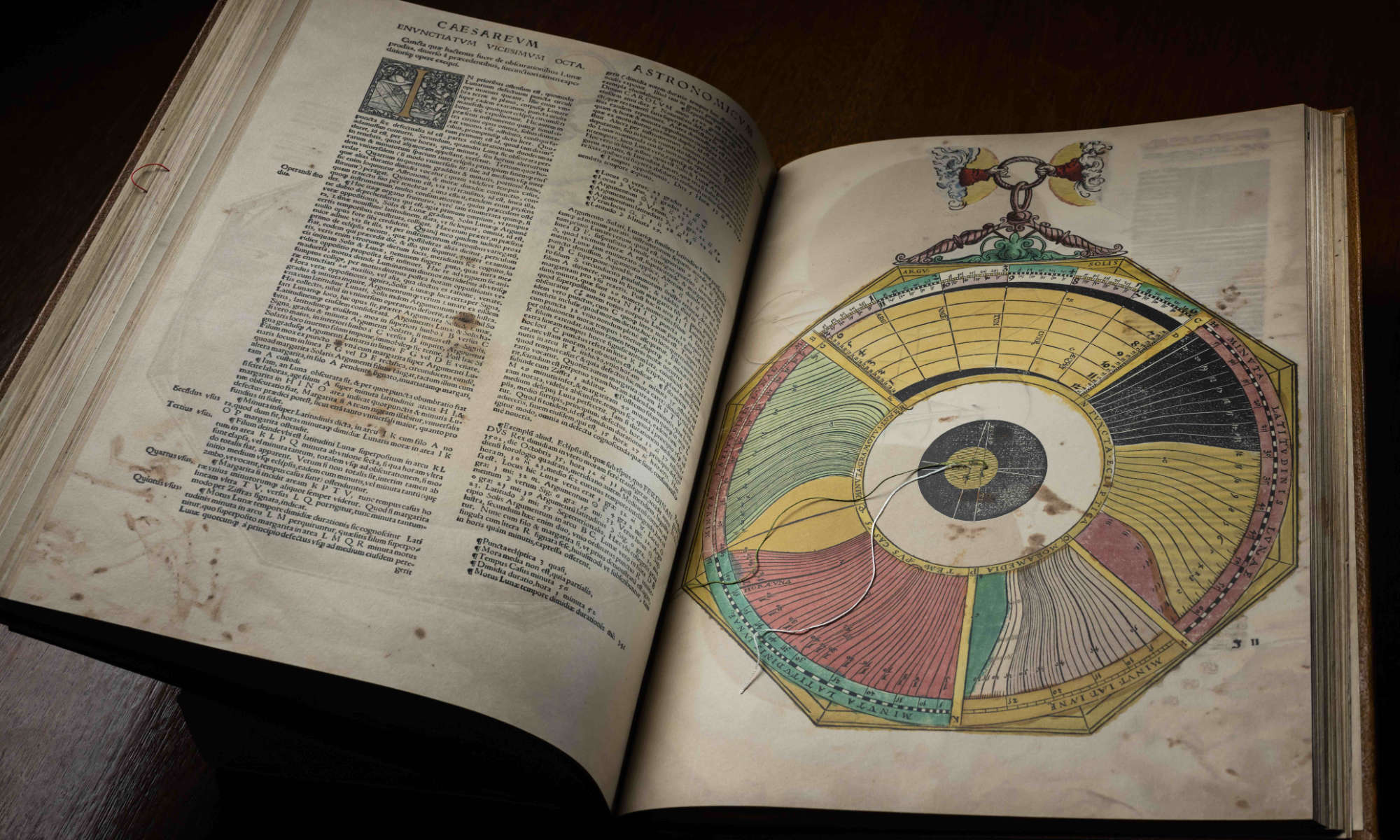Stewart Weaver Surveys Exploration of the Unknown Through the Ages
What is exploration? What distinguishes exploration from travel, discovery, or adventure?
Exploration is often fundamentally about: mediation, intercession, cultural negotiation and sometimes, even, symbiosis according to Stewart Weaver.
Weaver’s survey of the history of exploration, published by Oxford University Press, offers a compelling set of answers.
In 140 succinct pages, Exploration: A Very Short Introduction chronicles journeys of discovery from the pre-historic trek of humans across the land bridge over the Bering Strait some 12,000 years ago to the mid-20th century deep sea voyages of Jacques-Yves Cousteau. Along the way, Weaver identifies what defines exploration during each era and places these historic achievements in the largest possible global context: that of the natural history of the earth itself.
An avid hiker and coauthor with Maurice Isserman of Fallen Giants, an award-winning history of Himalayan mountaineering, Weaver gives as much credit to those who climb mountains and don scuba gear as to the first people to set out across the open ocean. “A true explorer,” writes the professor of history at the University of Rochester, “is a traveler who seeks a discovery.” Through brief accounts and assessments of their missions, Weaver captures the adventure, the wonder, and the legacy of these feats.
Exploration typically grows out of the cultural exchange of goods and ideas when two populations meet, explains Weaver. Native peoples, who often served as unsung guides, are essential to success. According to Weaver, these individuals embody “what exploration is often fundamentally about: mediation, intercession, cultural negotiation and sometimes, even, symbiosis.”
Weaver includes famous explorations, from the Lewis and Clark expedition to the first moon landing. But the slim volume—part of Oxford University Press’s well-known “very short introductions” series—also makes room for lesser-known undertakings, like the numerous attempts to reach the South Pole and the rivalry and glory seeking that ensued among countries and individuals during those early 20th century efforts to set a new “farthest south.”
Throughout, Weaver reviews the scholarly and popular debates that have turned men like Christopher Columbus from among the most celebrated to the “now much-denigrated.” Columbus, writes Weaver, “may have been more persistent than most explorer-adventurers of his age; he may have been unusually adroit when it came to the all-important art of securing royal patronage. But he was far from being either the lone visionary or the arch villain of competing classroom mythologies.”
Taken together, this millennia-long record of travel provides a reminder of the extreme hardships involved in venturing into the unknown. For example, during the numerous 19th century attempts to find the fabled Northwest Passage through the Canadian Artic, John Franklin’s ship became stuck in the ice, condemning the expedition’s 24 officers and 105 men to a slow death from scurvy, starvation, and exposure. The conditions the crew and others like them endured as they “over-wintered, sick and starving, in these dark and frozen wastes defy description,” writes Weaver.
So what drives humans to such lengths? For Weaver, the answer lies in human nature. “For all the different forms it takes in different historical periods, for all the worthy and unworthy motives that lie behind it, exploration—travel for the sake of discovery and adventure—is it seems a human compulsion, a human obsession even (as the paleontologist Maeve Leakey says); it is a defining element of a distinctly human identity, and it will never rest at any frontier, whether terrestrial or extra-terrestrial.”
Explore some explorers:
Pytheas of Massalia, 325 B.C.E.
First known reporter of the arctic and the midnight sun
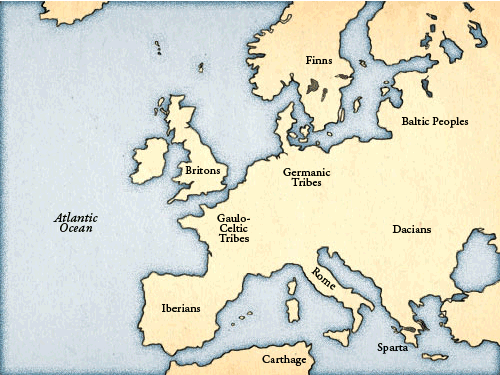
The Greek geographer sailed out of the Bay of Biscay and did not stop until he had rounded the coast of Brittany, crossed the English Channel, and fully circumnavigated the British Isles. Pytheas was an independent adventurer and scientific traveler—the first, for instance, to associate ocean tides with the moon. Whether he made it as far north as Iceland is doubtful, but he somehow knew of the midnight sun and he evidently encountered arctic ice. Even conservative estimates give him credit for some 7,500 miles of ocean travel—an astounding feat for the time and one that justifies Pytheas’s vague reputation as the archetypal maritime explorer.
Zheng He, 1405-1433
China’s imperial expeditions
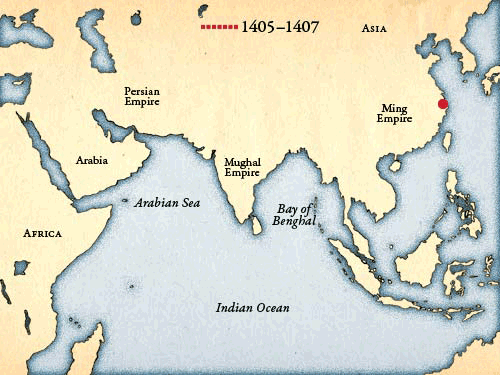
The “Grand Eunuch” and court favorite of the Yongle Emperor of China, Zheng He led seven formidable expeditions through the Indian Ocean. The first voyage alone featured 62 oceangoing junks—each one perhaps ten times the size of anything afloat in Europe at the time—along with a fleet of 225 smaller support vessels, and 27,780 men. With the admiral’s death at sea in 1433, the great fleet was broken up, foreign travel forbidden, and the very name of Zheng He expunged from the records in an effort to erase his example. In 1420 Chinese ships and sailors had no equal in the world. Eighty years later, scarcely a deep-seaworthy ship survived in China.
Christopher Columbus, 1492
God, gold, and glory in the discovery of the Americas
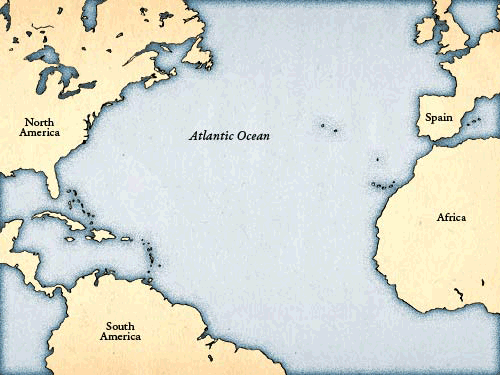
Lured by flawed cartography, Marco Polo’s Travels, the legends of antiquity, and the desire for title and dignity, Columbus weighed anchor on August 3, 1492, in search of a westward route to China and resolved, as he said in his journal, “to write down the whole of this voyage in detail.” From the Canaries, the seasoned navigator picked up the northeast trades that swept his little flotilla directly across the Atlantic in a matter of 33 days. The trans-Atlantic routes he pioneered and the voyages he publicized not only decisively altered European conceptions of global geography; they led almost immediately to the European colonial occupation of the Americas and thus permanently joined together formerly distinct peoples, cultures, and biological ecosystems. His explorations of the unknown opened up global passages.
Bartolomeu Dias, 1488
First European to round the Cape of Good Hope
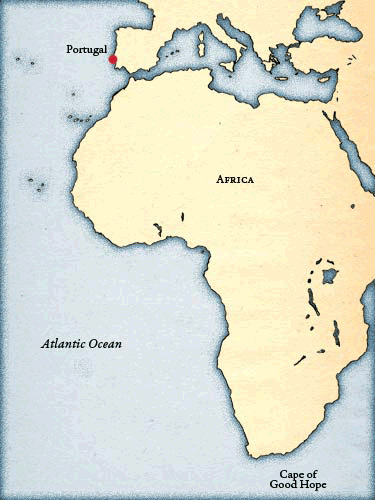
For six months, Portuguese commander Bartolomeu Dias battled his way south along the coast of Africa against continual storm and adverse currents in search of an ocean passage to India. Finally, unable to do much else, Dias stood out to sea and sailed south-south-west for many days until providentially around 40° south he picked up the prevailing South Atlantic westerlies that carried him eastwards round the southern tip of Africa without his even noticing it. The Indian Ocean was not an enclosed sea; it was accessible from the Atlantic by way of what Dias fittingly called the Cape of Storms and his sponsor, King João of Portugal, named the Cape of Good Hope.
David Livingstone, 1856
First European to traverse sub-Saharan Africa from coast to coast
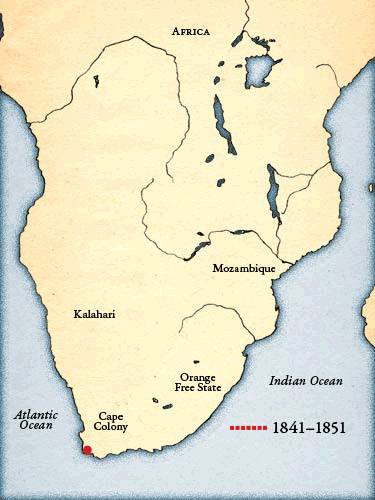
Born in a one-room tenement in Scotland, this most famous of 19th century explorers had gone to Africa as a medical missionary in 1841, but Livingstone’s wanderlust ran ahead of his proselytizing purpose. His sighting of the Zambezi river in June 1851 encouraged a vision of a broad highway of “legitimate commerce” into regions still blighted by the slave trade, and one year later he returned to explore its upper reaches, with the indispensable guidance and cooperation of the indigenous Makololo and other tribes. In May 1856, after years of harrowing travel, he became the first European to traverse sub-Saharan Africa from coast to coast.
Roald Amundsen, 1910-1912
Winner of the ‘race to the South Pole’
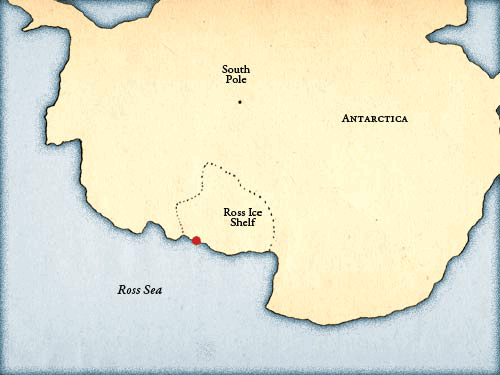
During his three-year journey through the Northwest Passage beginning in 1903, Roald Amundsen learned to adapt to harsh polar conditions in his exploration of the unknown. The Norwegian learned to ski, appreciated the essential role of dogs in polar travel, and adapted to some native Inuit practices. Above all, it was learning to think small—in terms of ship size and crew—and to travel light , that helped him to beat his rival explorer, Englishman, Robert F. Scott to the South Pole by over a month. Scott, who considered Amundsen an interloper with a passion for chasing records, died with his four-person crew eleven miles short of their food depot.

